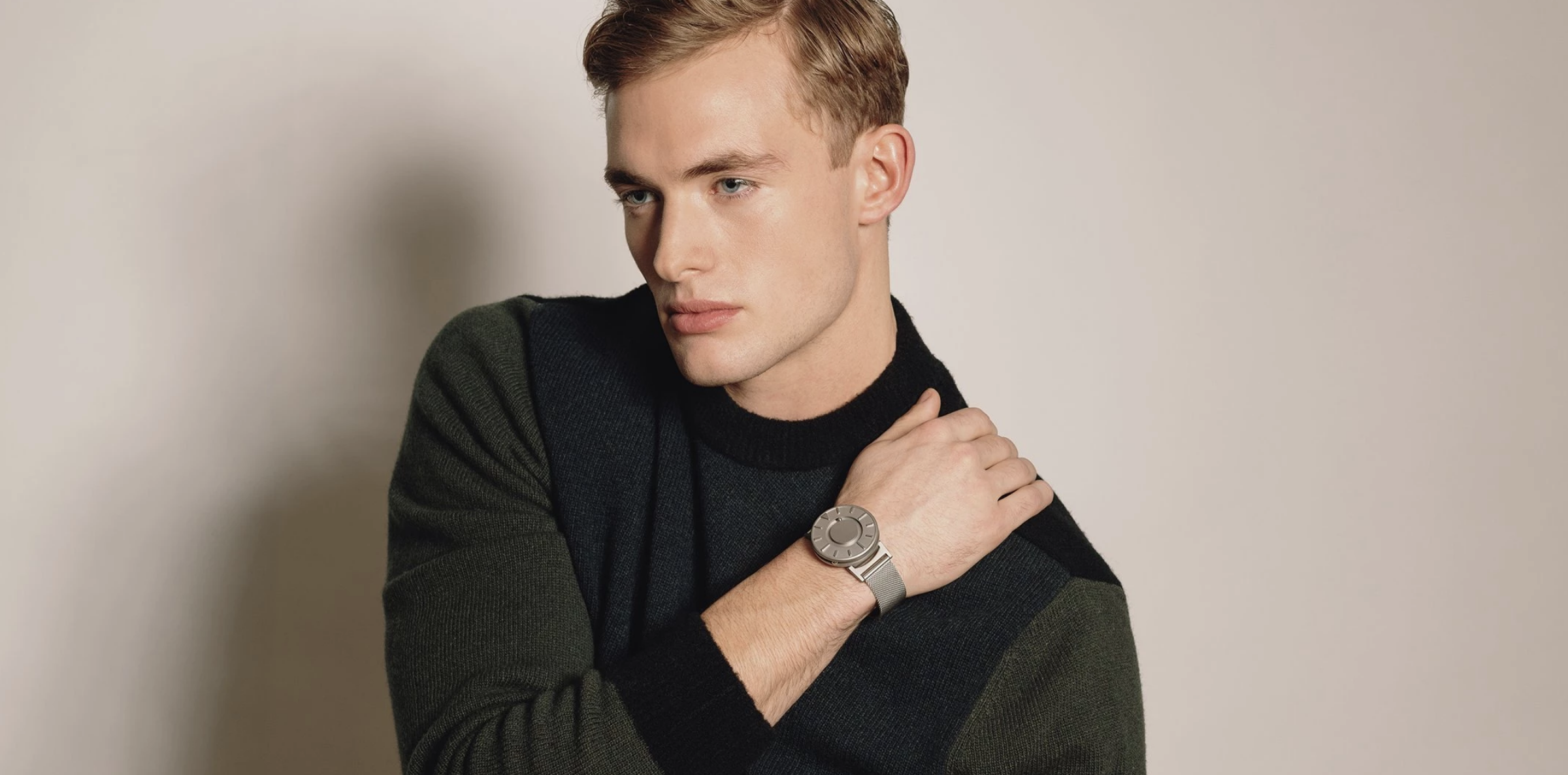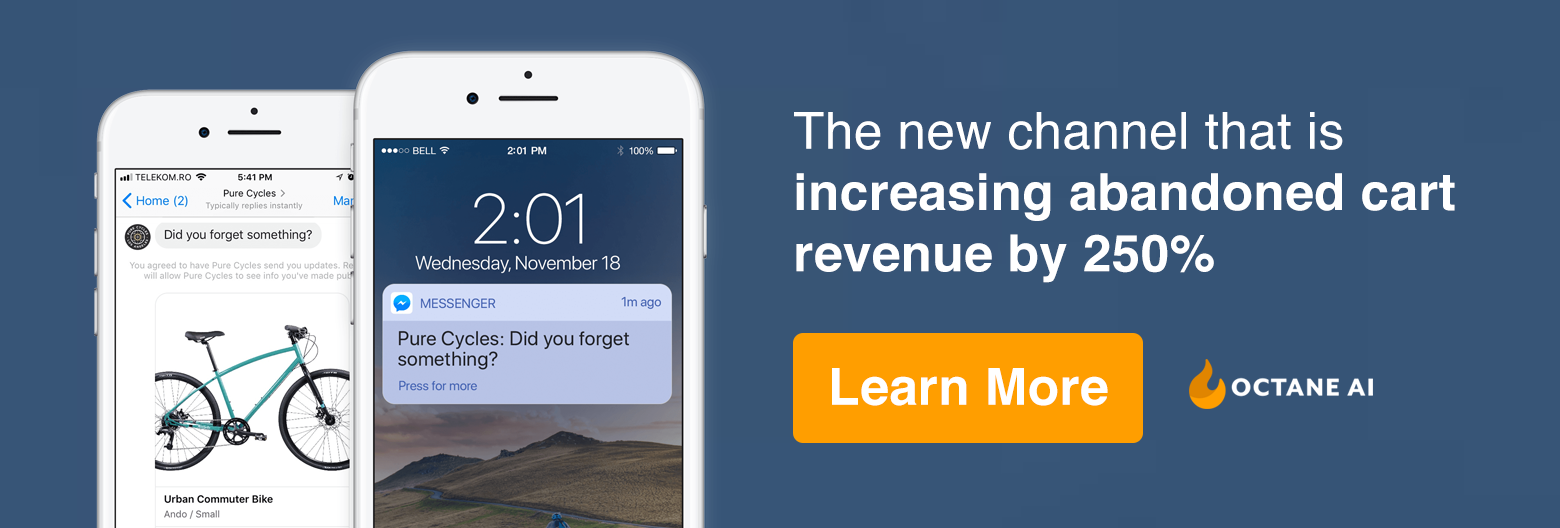I would say one of our first biggest pivots was to focus on materials and developing something with a really nice aesthetic, so that it could be a watch for anyone.
It’s been about six years now, and we’ve really pushed on the materials side as well as the functionality. We’re testing out new materials like silicon, and also different case designs and sizes because people have different preferences there, too.
Right now, around 40% of our sales are generated by word of mouth. I think it is a really good thing that shows that those who purchase our product really enjoy their experience with it and want to share it with others. We encourage anyone who makes a purchase to both share it with their friends through email and also post about it on social media to increase our exposure in their networks.
Within wristwatches, we’ve only had one sized case and are excited to be releasing a new, smaller watch in December. I think that’s going to open up a lot of different ways to innovate on what we’ve already created.


